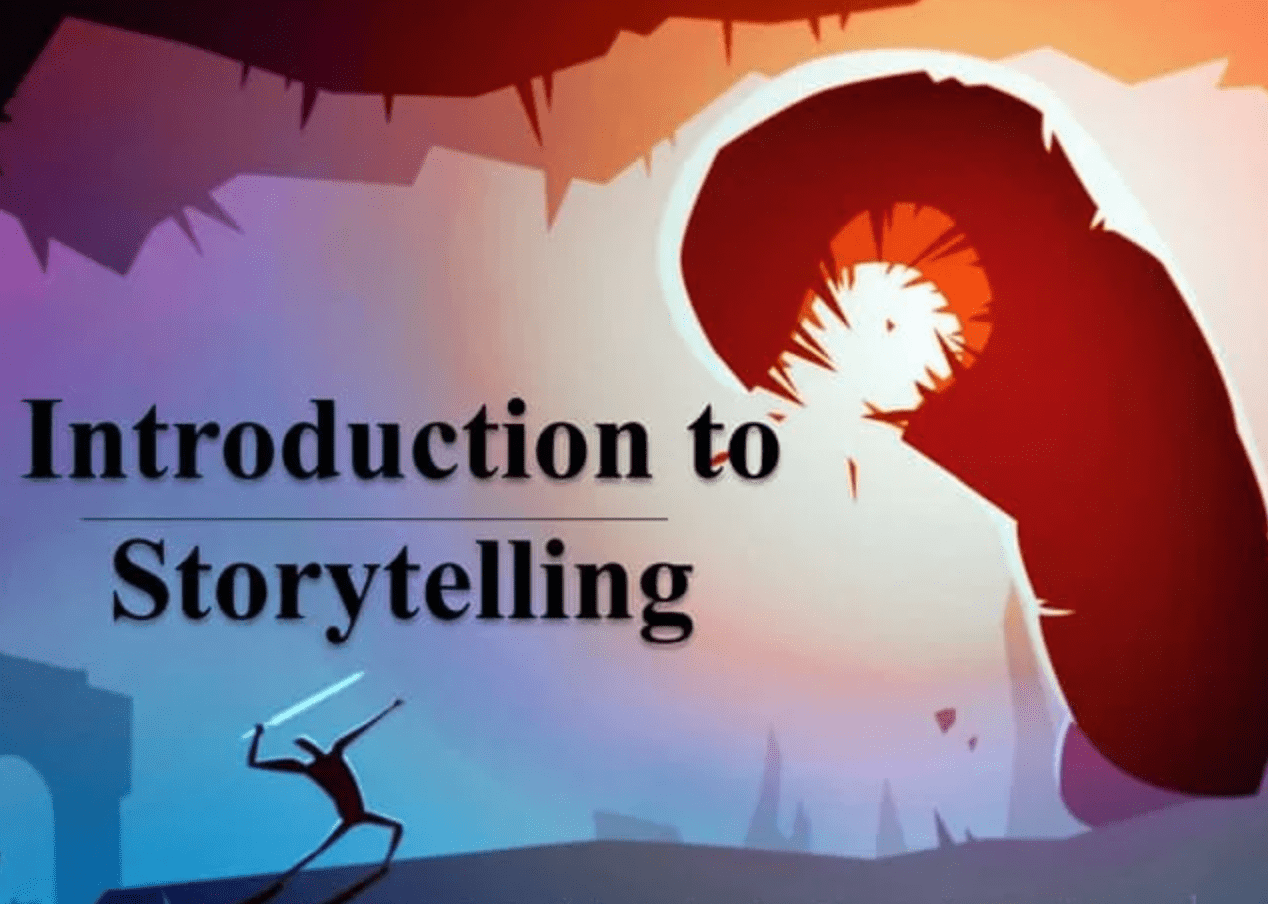
About Course
Storytelling is an ancient and universal art form that has been a fundamental part of human culture since the beginning of time. It is the art of conveying experiences, emotions, and ideas through the power of narrative. From ancient myths and legends to personal anecdotes and modern-day media, storytelling has played a crucial role in shaping our understanding of the world and connecting us with others.
IMPORTANCE OF STORYTELLING
- Connection and Empathy: Storytelling has the unique ability to foster connection and empathy. By sharing our stories, we create opportunities for others to see themselves in our experiences, building bridges of understanding and compassion.
- Preservation of Culture and History: Stories are the vessels that carry our cultural heritage and history. They pass down traditions, values, and wisdom from one generation to the next, ensuring that our collective knowledge and identity are preserved.
- Education and Learning: Stories have always been a powerful tool for education and learning. They engage our imaginations, make complex concepts relatable, and provide valuable lessons and insights that can be applied to real-life situations.
- Inspiration and Motivation: Stories have the power to inspire and motivate us. They can ignite our passions, challenge our perspectives, and encourage us to overcome obstacles. Through storytelling, we find role models, learn from their triumphs and failures, and find the courage to pursue our dreams.
- Emotional Impact: Storytelling evokes emotions and touches our hearts. It can make us laugh, cry, feel joy, or experience a range of other emotions. By connecting with our emotions, storytelling has the ability to create a lasting impact and leave a deep impression on our minds.
- Building Community and Identity: Stories bring people together, creating a sense of belonging and community. They help us find common ground, celebrate diversity, and strengthen our collective identity.
- Communication and Persuasion: Storytelling is a powerful tool for effective communication and persuasion. Whether it’s in personal relationships, business settings, or social advocacy, stories captivate attention, engage the listener, and make messages more memorable and impactful.
- Creativity and Imagination: Storytelling nurtures creativity and imagination. It encourages us to think beyond the confines of reality, explore new possibilities, and express ourselves in unique and imaginative ways.
CONCLUSION
Storytelling is not merely a form of entertainment; it is an essential part of the human experience. It connects us, educates us, inspires us, and helps us make sense of the world. By embracing the power of storytelling, we can harness its benefits and use it to create positive change, foster understanding, and shape a more empathetic and connected society. So, let’s celebrate the art of storytelling and share our stories with the world.
Course Content
Story Content
-
Watch
00:00
Story Performance
Student Ratings & Reviews

